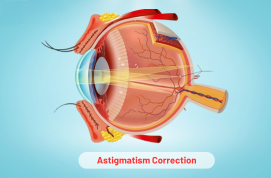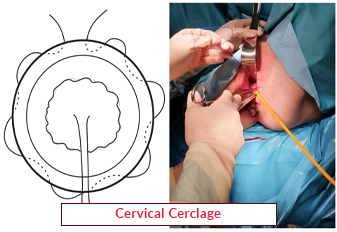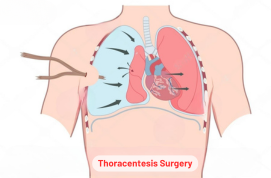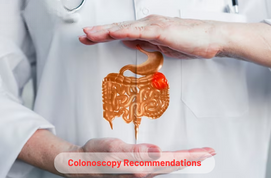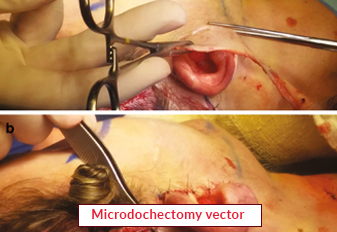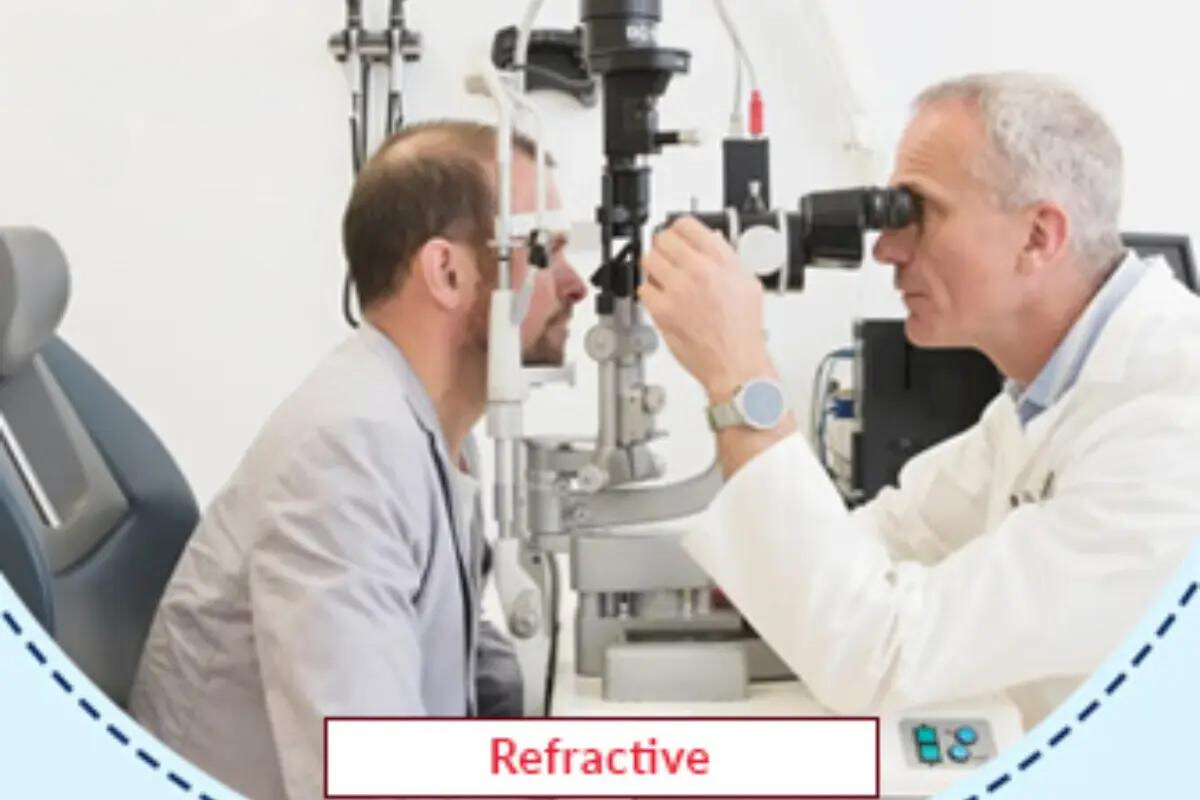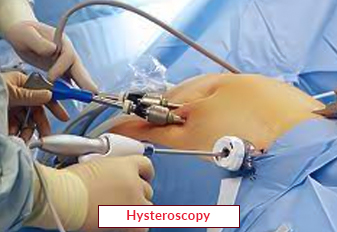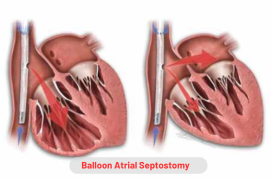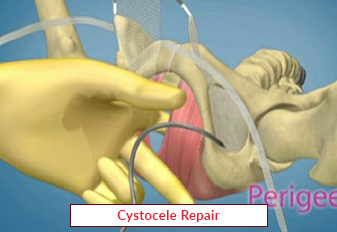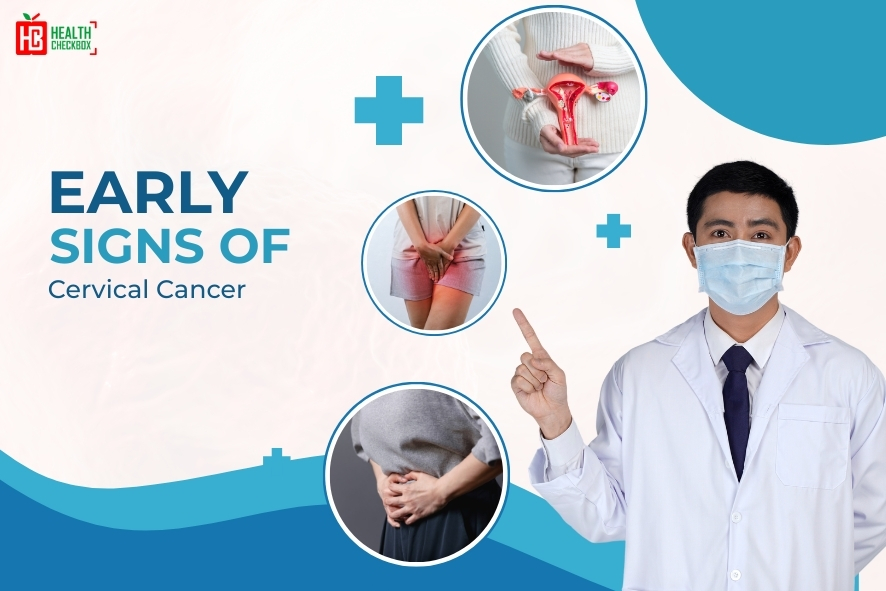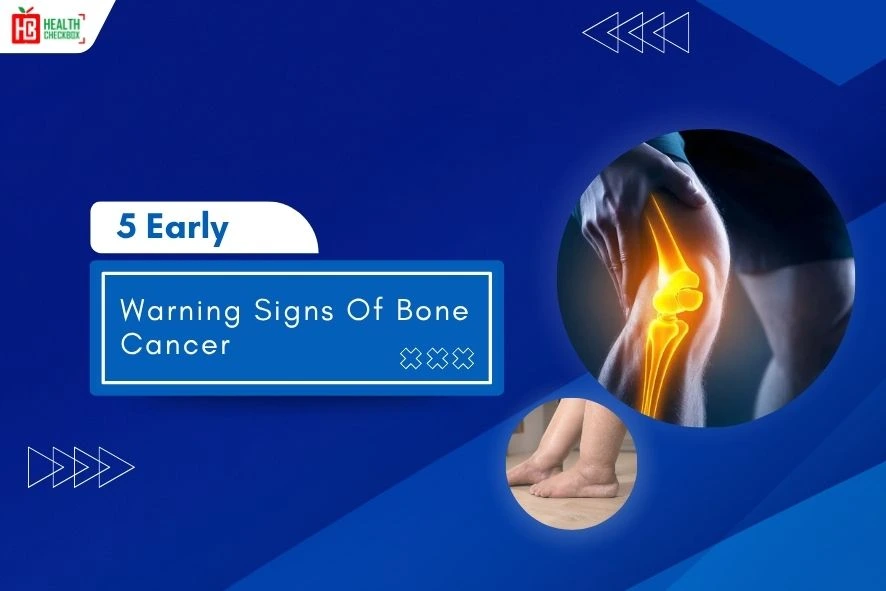Astigmatism is an eye related condition in which an individual suffers with an abnormal shape of cornea. In this problem cornea shape is more like a football shape instead of natural round shape. This means that the cornea is slightly curved. As a result it makes vision blurred. Although it is not a serious eye concern, astigmatism correction treatment is possible with the help of contact lenses, use of glasses and surgery treatment.
Furthermore, it is a birth defect condition which occurs in children due to genetic factors. However, people of all age groups can be affected by astigmatism due to other reasons like accident affect and post surgery effects. However, according to research it is more likely to affect newborn babies. Around 23 % of children are affected by the problem each year around the world.
What is Astigmatism?
Astigmatism is the medical term used to describe the abnormal shape of the eye. It is a kind of refractive fault which leads to blurred vision. Generally, the eyes are round-shaped. In contrast, when you have astigmatism your eye looks unusually shaped because of this the light entering into your eyes bends unevenly and affects your eyesight. Therefore, it requires treatment on time to improve the ability to see.
Symptoms of Astigmatism
Following are the primary symptoms of astigmatism in children and adults:
- Continues episodes of headaches
- Fatigue
- Eye strain
- Blurred Vision
- Squinting to see clearly
- Experiencing glare or halos around lights
- Difficulty while seeing at night
Astigmatism Causes
According to doctors astigmatism is a hereditary disease which means it gets you from your parents however, common health conditions are also responsible for it which include:
- Post surgery effects: Post surgery effects can also cause astigmatism if not taken care properly as per the doctor’s advice.
- Eye injury or accident: Eye injury or having an accident from a sharp object can lead to blurred vision and astigmatism in children and adults.
- Keratoconus: This is a rare eye condition in which the cornea gets thinner or bulges out. The condition is also known as progressive eye disease which leads to vision distortion.
Diagnosis
An eye care practitioner will diagnose the astigmatism through determining a few tests which include:
- Visual Acuity Test: This test is recommended to you for checking the eyesight. During the test you have to look at a wall or board to identify letters and symbols.
- Refraction Test: During this test an eye specialist will measure how much light focuses and bent as it enters into your eyes. Once the ophthalmologist measures the ability of your eye to bear the light then he/she suggests the suitable treatment for whether it is lenses, surgery or glasses.
- Keratometry: This test is performed to measure the curve that determines how much curve you have in your eye.
- Slit lamp Exam: In this test an ophthalmologist uses a special microscope with a bright light adjusted its brightness and thickness of the light’s beam to check the abnormalities of different layers and parts of the eye.
Astigmatism Correction Treatment
During the diagnosis tests if the doctor finds that you have mild astigmatism then you might not require glasses or contact lenses. In the meantime, if you diagnose you with severe astigmatism then the eye care specialist will determine you suitable treatment according to your condition. Following are the possible treatments which can be recommended by the doctor to you.
1. Astigmatism Glasses
These eyeglass lenses are curved to alter the shape of the cornea that is causing problems while watching any object. The lens works best when you look straight or ahead. Start wearing the glasses from morning to night. If your vision doesn’t get better, ask your doctor to check your prescription again.
2. Astigmatism Contacts
This type of contact lens helps you to see clearly however, one needs a special pair. All kinds of contacts rotate when you blink. The soft lenses used for astigmatism are known toric lenses and mainly designed to return to the same spot each time.
3. Orthokeratology
For severe astigmatism gas-permeable contact lenses are the best treatment to reshape the cornea. Doctors recommend you to use them on a regular basis and suggest you to keep wearing them while you sleep so they can reshape your cornea.
4. Astigmatism Keratotomy
Astigmatism keratotomy is a procedure in which an ophthalmologist makes small incisions to correct the cornea using certain medical techniques to let the light focus more precisely on your retina.
5. Laser Eye Surgery
Laser eye surgery LASIK or PRK is a suitable method to correct the curve of cornea. The procedure is done under the supervision of an experienced ophthalmologist through certain lasers. In this procedure the eye specialist initially numbs the eye with eye drop medicine and then proceeds for the laser treatment. During the surgery the operating doctor exposes the central layer of the cornea and uses a laser to sculpt. Then, he/she returns the flap to its actual place and lastly, puts the anti-inflammatory and antibiotic eye drops in your eyes. Once the procedure is complete the doctor covers your eyes with transparent shields and gives you discharge.
Latest Health Tips
Can Immunotherapy Cure Stage 4 Lung Cancer?
Early Signs of Cervical Cancer
Foods that Kill Cancer: Leafy Vegetables, Grains, & More
What Stage of Cancer is Immunotherapy Used For?
Which is Worse for Cancer, Sugar or Alcohol?
Vaccines That Prevent Cancer
What Kills Cancer Cells in the Body Naturally?
5 Early Warning Signs of Bone Cancer
Submit Your Enquiry
Testimonials








